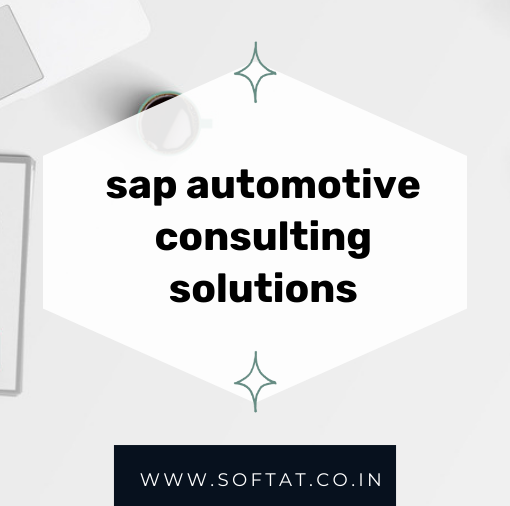In the grand saga of enterprise software, few languages reign supreme like ABAP. Its journey echoes the evolution of IT itself, morphing from a monolithic marvel to a flexible, cloud-embracing force. Delving into the ABAP evolution story unveils a tapestry woven with technological advancements, business demands, and developer ingenuity. Prepare to embark on a thrilling adventure through the ABAP timeline, from its humble beginnings to its cutting-edge future.

ABAP Evolution: Building Empires with Classic ABAP
The year is 1981. SAP R/2, the forerunner to the global ERP juggernaut, emerges, and with it, ABAP (Abap/4) takes its first steps. This early iteration, known as Classic ABAP, was a procedural language tailored for building bespoke business applications. Developers wielded code like bricks, painstakingly constructing monolithic monoliths – powerful, reliable, yet inflexible and tightly coupled to the on-premise world.
The Paradigm Shift: Embracing Object-Oriented ABAP
As the 90s ushered in object-oriented (OO) programming, ABAP evolved alongside. In 1995, ABAP/4 Objects arrived, a revolutionary update embracing the power of OO principles. Classes, inheritance, and encapsulation became the new mantras, empowering developers to modularize code, enhance reusability, and foster cleaner, more maintainable applications. This paradigm shift laid the groundwork for a more agile and adaptable future.
The Web Beckons: ABAP on the Internet Frontier
With the digital wave crashing in, SAP couldn’t stay anchored to the desktop. In 1996, ABAP WebDynpro emerged, bridging the gap between the ABAP world and the burgeoning internet. Developers could now craft dynamic web applications, harnessing the power of HTML and JavaServer Pages (JSP) within the familiar ABAP framework. This leap marked the beginning of ABAP’s journey into the web-connected realm.
The Rise of the User Experience: SAP GUI for Windows and Beyond
While web interfaces were alluring, desktop applications remained a crucial battlefield. In 1998, SAP GUI for Windows entered the scene, offering a sleek and modern front-end for ABAP-powered applications. This user-centric evolution paved the way for improved usability and adoption across diverse business users.
Beyond Development: Stepping into the Integration Spotlight
ABAP wasn’t just for building bespoke applications anymore. By the early 2000s, it had assumed a vital role in integration. Technologies like Business Application Programming Interfaces (BAPIs) and SAP Exchange Infrastructure (XI) empowered ABAP developers to connect SAP systems with external applications and data sources. This integration prowess further extended ABAP’s reach and value within the IT landscape.
The Mobile Revolution: ABAP Embraces the Pocket-Sized Powerhouse
As smartphones swept the world, ABAP refused to be left behind. SAP introduced the Mobile Platform and SAP Fiori in the 2010s, enabling developers to craft native and web-based mobile applications using ABAP. This opened up a world of possibilities for accessing and interacting with SAP data on the go, empowering business users and driving mobile-first workflows.
The Cloud Beckons: ABAP Soars into the Azure Sky
With the tectonic shift towards cloud computing, ABAP couldn’t stay earthbound. SAP Cloud Platform ABAP Environment arrived in 2018, offering a new paradigm for ABAP development. Developers could now leverage the scalability, agility, and flexibility of the cloud, while harnessing the familiarity and power of ABAP. This marked a pivotal chapter in ABAP’s evolution, propelling it into the future of cloud-based enterprise software.
The Edge of Tomorrow: A Glimpse into ABAP’s Future Horizon
ABAP’s journey isn’t over; it’s just accelerating. Artificial intelligence (AI), machine learning (ML), and robotic process automation (RPA) are knocking on the door. Emerging frameworks like RAP (RESTful ABAP Programming) and the integration with SAP Business Technology Platform (BTP) promise to unlock even greater agility, efficiency, and innovation. With its ever-evolving ecosystem and commitment to developer needs, ABAP is poised to remain a dominant force in the enterprise software landscape, shaping the future of business applications with its adaptable and dynamic spirit.
Key Takeaways:
- ABAP has had a rich and continuous evolution, adapting to changing technologies and business needs.
- From monolithic early days to object-oriented advancements and cloud adoption, ABAP has always embraced transformation.
- The language’s future shines with continuous updates, integration with cutting-edge technologies, and a commitment to developer experience.
You may be interested in:
Agile Software Development: Navigating the Digital Evolution
The World of ABAP Consultants: Unlocking the Power of SAP




